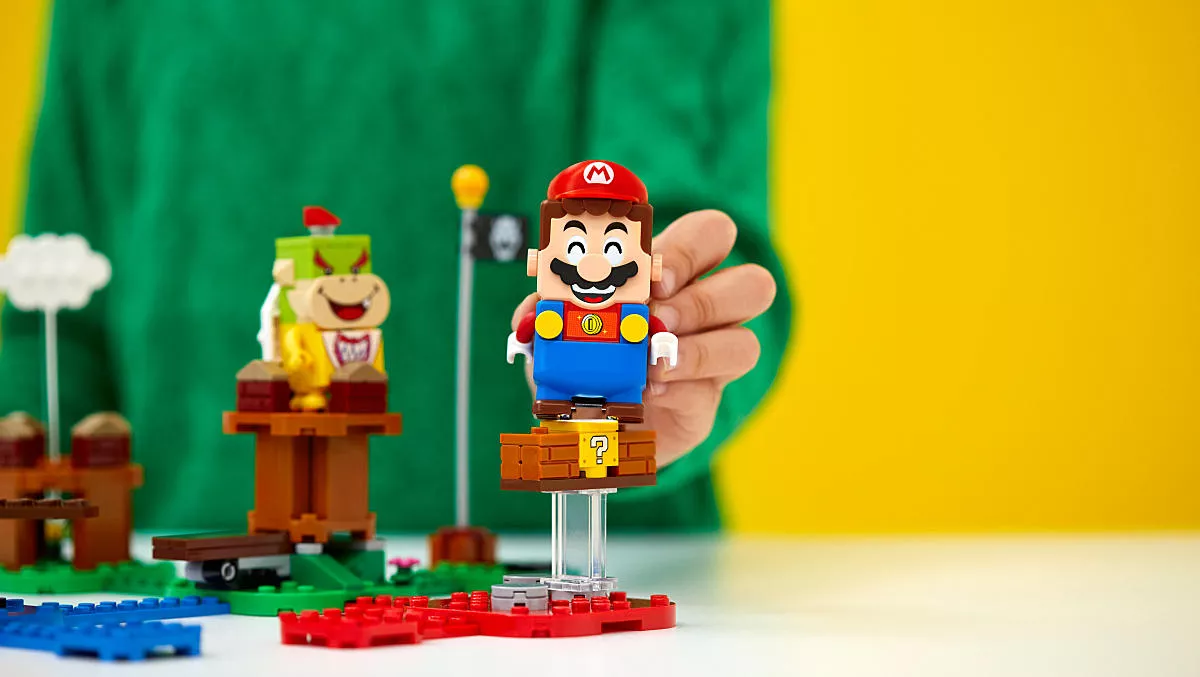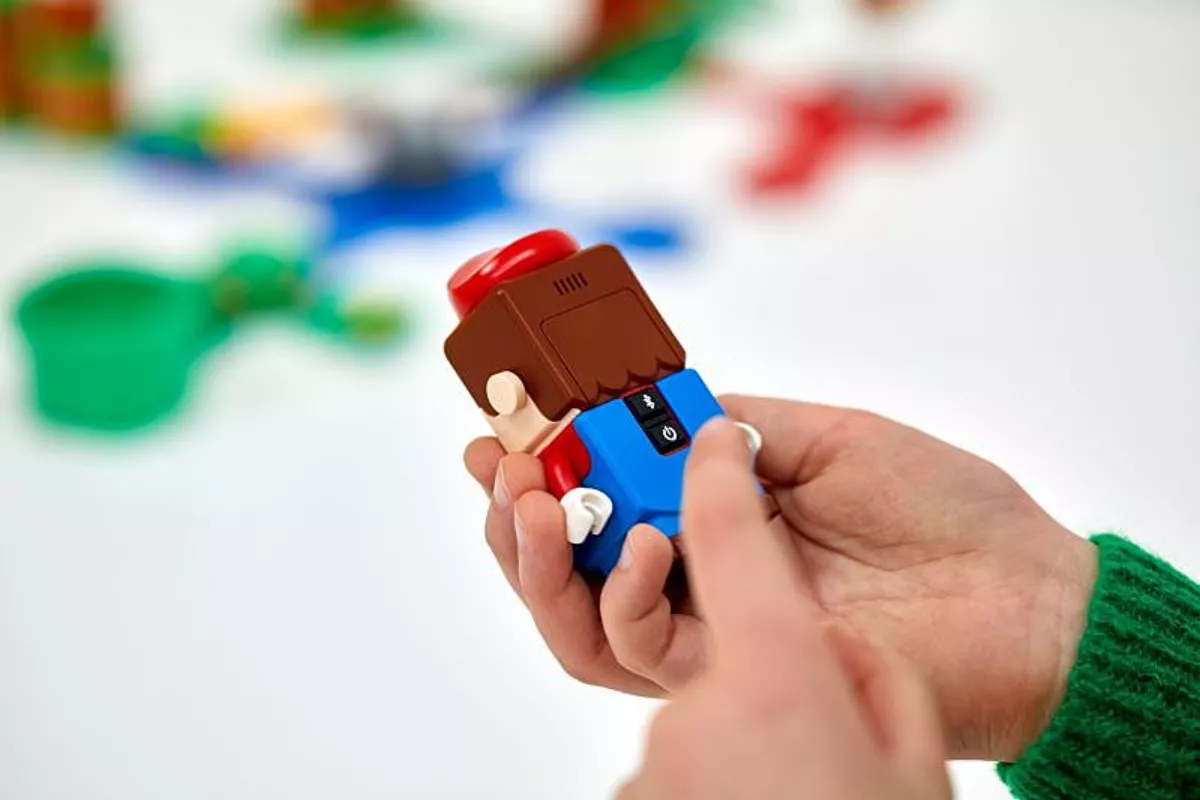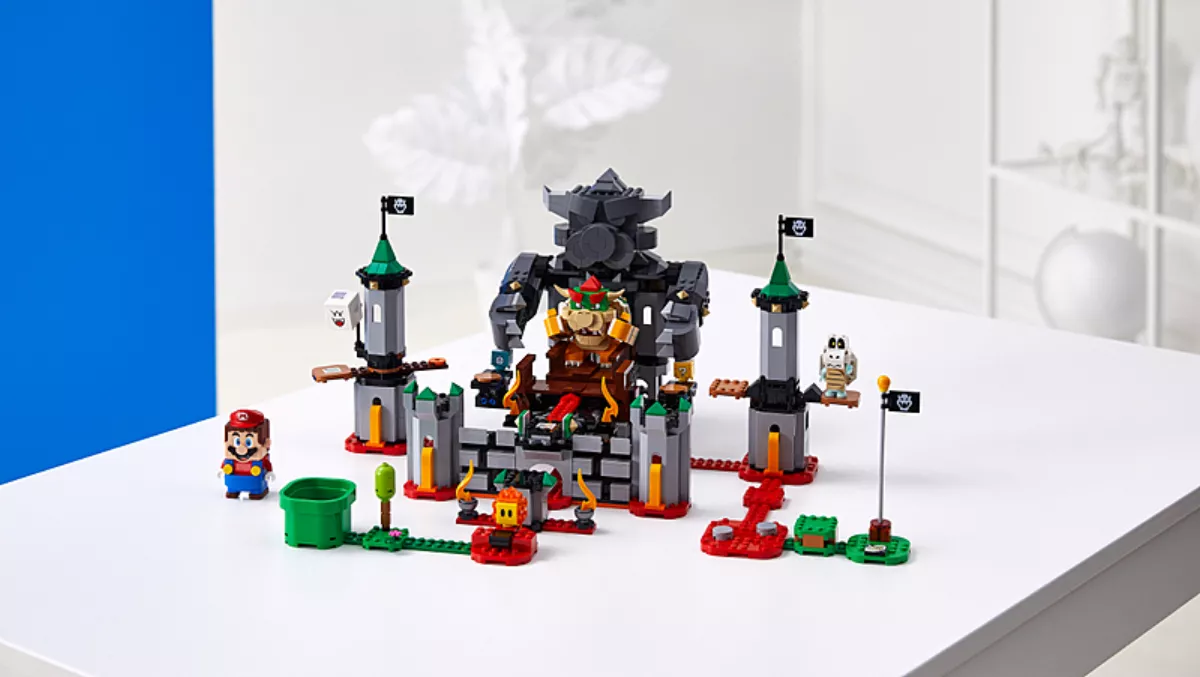
“It’s-a me, Mario!” LEGO’s design lead on how Mario changes the world of play
LEGO recently announced a new playset that embraces everyone's favourite Italian game character, Mario. To be launched in August, that playset will blend physical LEGO play with a touch of technology, proving that the global toy giant is anything but scared of the digital world.
I chatted to LEGO design lead Jonathan Bennink, who admits that he has a pretty cool job working in LEGO's Creative Play Lab.
Firstly, congratulations on opening pre-orders for LEGO Mario – it's such an interesting blend of different types of play.
What does it mean to be a design lead at LEGO?Creative Play Lab is a department with 80 designers, engineers, researchers and marketeers and our job is to come up with major innovation lines, such as LEGO Super Mario each year. After the concept has been approved by our leadership, it goes into the wider organisation for production.
I have been the creative lead on the secretive LEGO Group/ Nintendo collaboration from LEGO Group's side from when the idea was born in 2016. I'm currently in charge of the digital play on LEGO Mario and on the companion app. My current team is about 10-15 people and has coders, designers and producers on it.
LEGO is no stranger to blending digital technologies with physical LEGO toys – Hidden Side being one of the most recent examples. What encouraged you to make the leap to the gaming world with Nintendo and Mario?Thanks for noticing! We are proud to innovate using digital technology while staying true to the power of the humble LEGO brick. For this project, we set out to create a product that only the LEGO Group and Nintendo could do together. So when you look at it, it is 100% LEGO DNA and 100% Nintendo DNA.
So besides being made from LEGO bricks, it needed to include the Nintendo heritage of seamless digital interaction as well. We knew fans were waiting for this collaboration for quite a while, so we wanted to reward them with a very special and innovative product.
LEGO Super Mario starts with a base kit with separate expansion sets. These sets have a bunch of little tech features like sensors and gyroscopes, emotion screens and other cool stuff. Could you explain a little about your thinking process here?About six months into the collaboration, so almost four years ago, we made a prototype of an interactive Mario in a LEGO brick casing, and we all instantly fell in love with his cuteness. From here on we decided that we would build the product line around this interactive LEGO Mario.
But making a final decision on what technology to use and what the play concept is, has been a long journey. In the end, the two most important aspects were that LEGO Mario feels like a friend and that he interacts with non-tech LEGO bricks.
The friend part translates into him feeling alive and for that, we needed to have a display, a speaker and the accelerometer/ gyroscope. Because if you pick him up and start running, jumping and shaking him, he needs to react as Mario would do in the video games. The gyroscope also helps with LEGO Mario detecting and reacting to how you move him on the platforms, giving you coins in the process.
The second aspect, reacting to LEGO bricks, comes from the optical brick sensor that reads both a selection of the LEGO colour pallet and special action bricks, giving him a unique reaction to brick-built enemies, blocks, platforms and the start - finish flag.

Overwhelmingly positive! It has been really cool to read all the reactions from kids and adults around the world, even though it's not what everyone expected us to do. For generations, people have been growing up with LEGO bricks and Nintendo play, and the combination seems to be very powerful.
Nintendo and our team at the LEGO Group are now working very hard to put the finishing touches on the digital behaviour, so LEGO Mario himself matches the cool-looking sets we have announced.
Are there (or could there be) plans for a LEGO Mario video game for the Switch?Unfortunately, I cannot comment on future releases, but we made a very clear decision in the project to not have LEGO Mario interact with the Nintendo Switch.
We think it may confuse consumers what the play is about. It is very different from Amiibo for instance, LEGO Super Mario is a play experience that stands by itself.
LEGO has been an instrumental part in STEM learning for children all over the world, particularly through LEGO Education. How does LEGO approach STEM through the lens of technology? (For example, LEGO BOOST for coding, and robotics such as the Star Wars Droid Commander.)Thank you for the compliment on LEGO Education! As you may know, the LEGO Group is a family-owned company and both the family, and the company is highly committed to making a positive impact in the world by having kids learn through play. If kids are having a good time, which play is, they are more receptive to picking up knowledge, trying out new things and socialising with other children.
This also shows in our STEM products, where play comes first. We also believe there is room for different types of play, so some products are more focused on programming and keeping kids engaged with stories or missions, other lines, such as LEGO Super Mario work on creative problem solving and building levels from your imagination.
What future do you envision for LEGO and technology?Kids do not think in digital and physical anymore, it is all just 'play' in their minds. Digital experiences such as video games and programming robots are a lot of fun and engaging, so combining them with traditional LEGO play is a great opportunity to keep kids engaged and introduce them to the benefits of LEGO play.
All of us at the LEGO Group, LEGO Education and LEGO Foundation believe in the power of regular LEGO bricks for creating new things and stimulating your imagination. This means anything we do with technology should have, in my opinion, this creative and imaginary play at its core.



